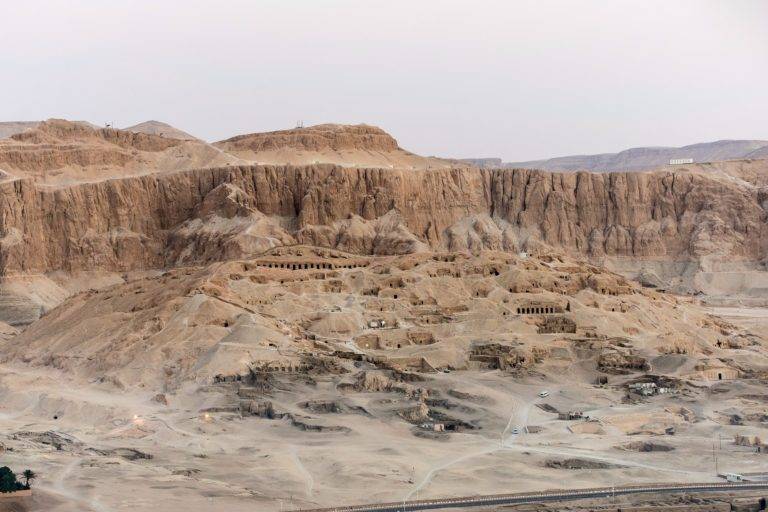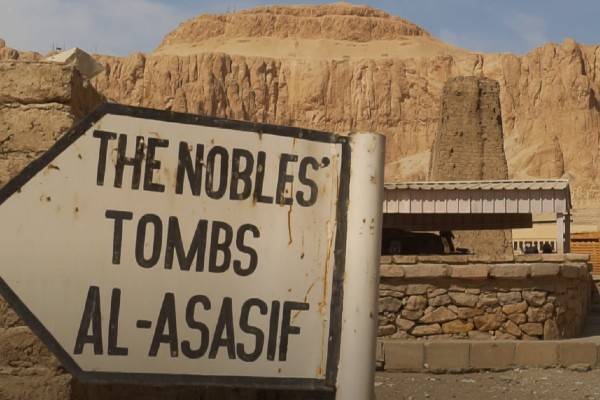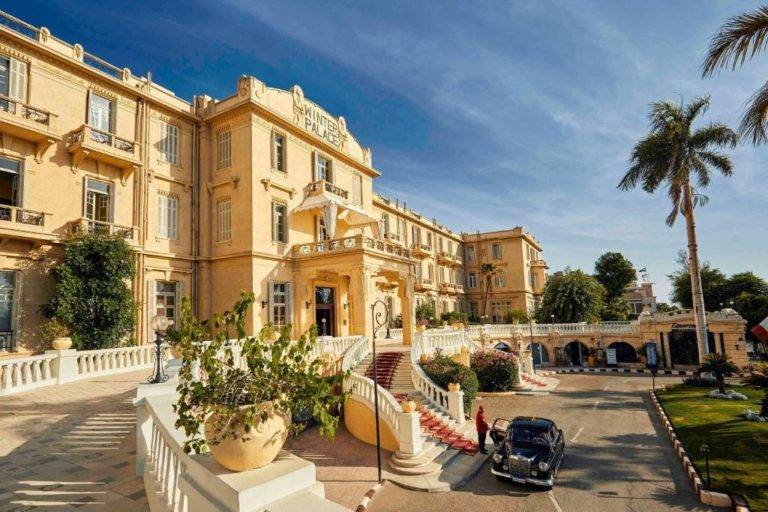New Gourna Village by Hassan Fathy
Reviving Hassan Fathy’s Vision
On the peaceful West Bank of Luxor, away from the busy tourist spots, lies New Qurna, a village with a unique story. Designed by architect Hassan Fathy, this village reflects his belief that architecture should help people, not just impress them.
Now, because of recent restoration efforts, New Qurna is coming back to life. It is attracting architects, heritage enthusiasts, and curious travelers who appreciate its quiet but groundbreaking nature.
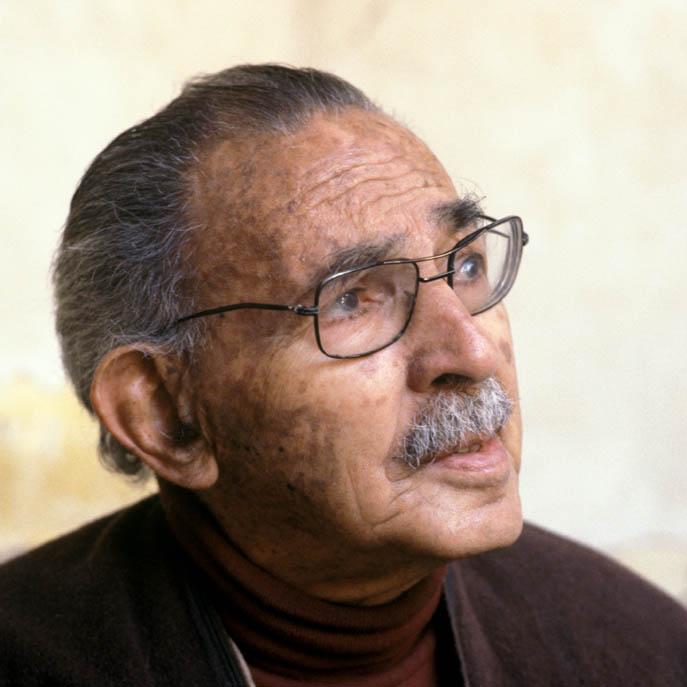
Who Was Hassan Fathy?
Hassan Fathy (1900–1989) was an Egyptian architect known worldwide for his focus on creating buildings that are beautiful, affordable, sustainable, and connected to local culture.
He moved away from Western-style concrete buildings and favored traditional architecture. This means he used local materials and built in ways that suit the environment. He was particularly inspired by the lives of Egypt’s rural poor and believed that architecture should show the culture and climate of the local people.
Fathy gained international recognition, especially after his important book “Architecture for the Poor” was published in 1973. However, his work was often overlooked in Egypt until recently.
Luxor Tours & Activities
Looking to save some costs on your travel? Why not join a shared group tour to explore Luxor, Egypt? Here are some activities you might be interested in:
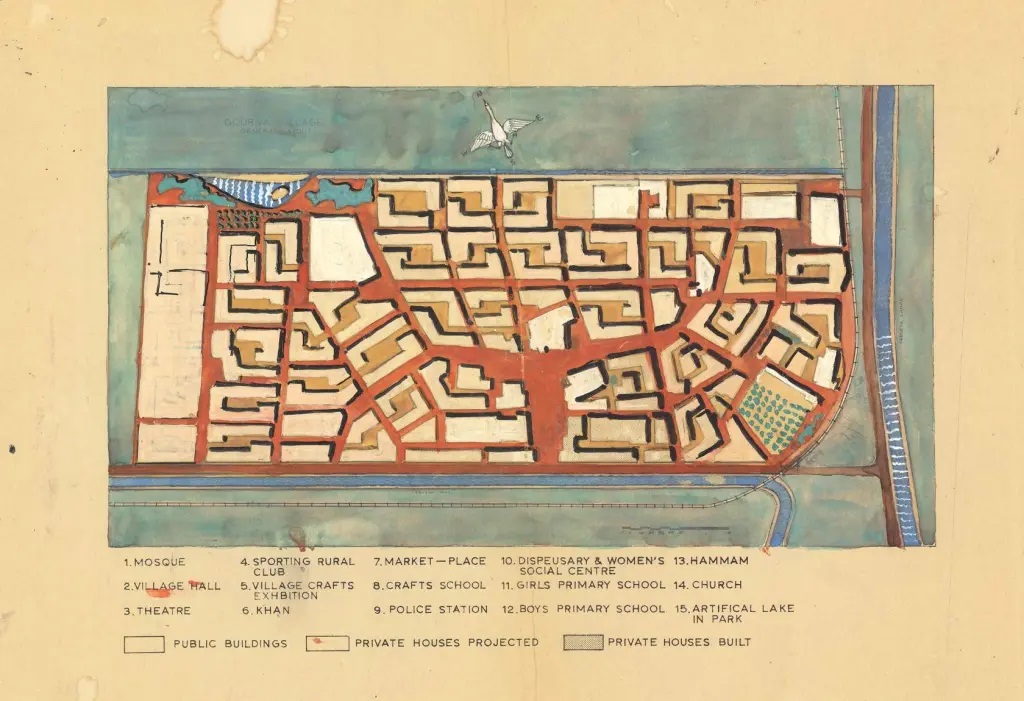
Why New Qurna Was Built
The village of Old Qurna is on Luxor’s West Bank and was once home to locals living near and sometimes inside the ancient burial sites of Thebes, which is a UNESCO World Heritage Site known for its many pharaonic tombs, including those in the Valley of the Kings. Over time, this led to looting, accidental damage, and tensions between efforts to protect the sites and the local community.
In the late 1940s, the Egyptian government asked architect Hassan Fathy to design a new village to house the Old Qurna residents. This new village aimed to provide the locals with decent housing while also protecting the ancient sites.
This project resulted in New Qurna, which was an ambitious social and architectural experiment.
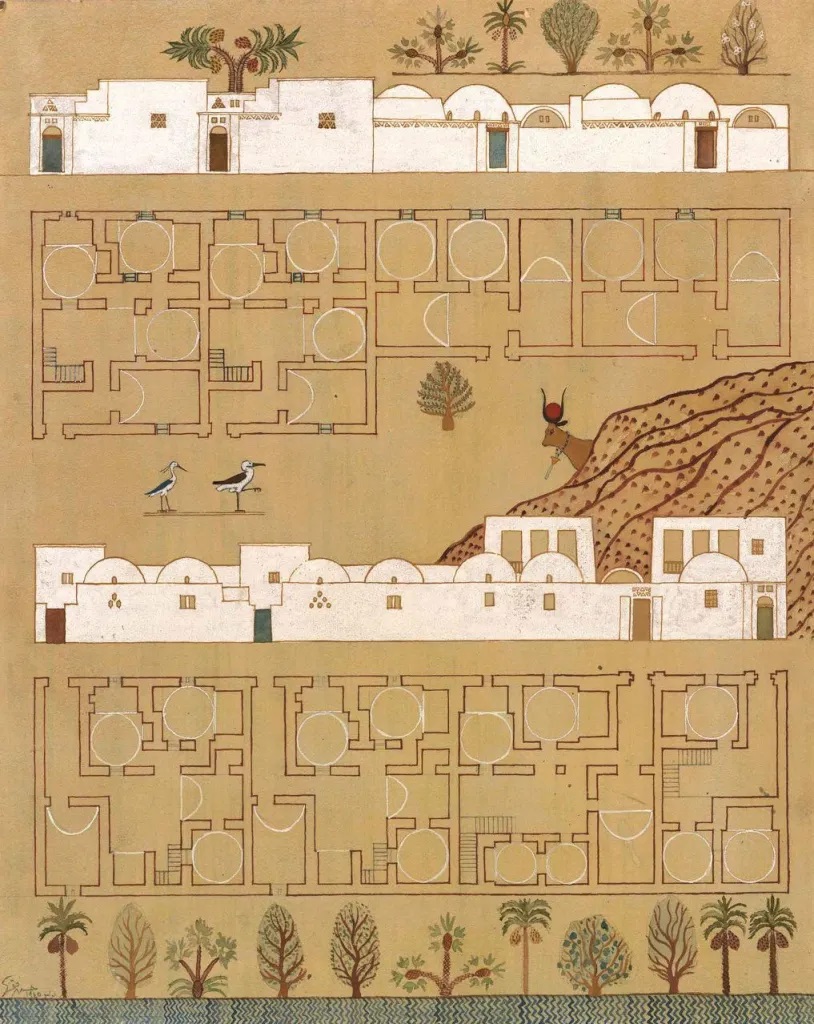
The Architecture of New Qurna
Fathy designed New Qurna to reflect traditional Nubian and Islamic architecture. The main features included:
– Mudbrick walls made from local materials, which are breathable and provide natural insulation.
– Domed and vaulted roofs, which remove the need for expensive wooden beams.
– Natural ventilation systems, such as windcatchers and courtyards.
– Mashrabiya, or wooden screens, that offer privacy and help cool air flow.
– Community buildings, including a mosque, school, market, and theater.
The village layout focused on community life, providing public spaces for gatherings and social interaction—a rare feature in rural Egypt at that time.
Despite its great design, New Qurna faced significant challenges. Many residents were unsure about the mudbrick homes. Poor upkeep and lack of support caused many buildings to fall into disrepair. Over time, many houses were abandoned or changed beyond recognition.

Restoration and Rediscovery
In recent years, a project supported by Egypt’s Ministry of Culture, the National Organization for Urban Harmony, and UNESCO has helped restore parts of New Qurna. A team of Egyptian architects and conservationists started fixing the most important buildings:
– The village mosque
– The khan (marketplace)
– The small open-air theater
These structures have been restored to match Fathy’s original design, using the same materials and building techniques. The project not only keeps these buildings standing but also brings back an entire philosophy.
Culture Minister Inas Abdel Dayem said this is “a new achievement for Egyptian culture and a pioneering experience in preserving architectural heritage.”
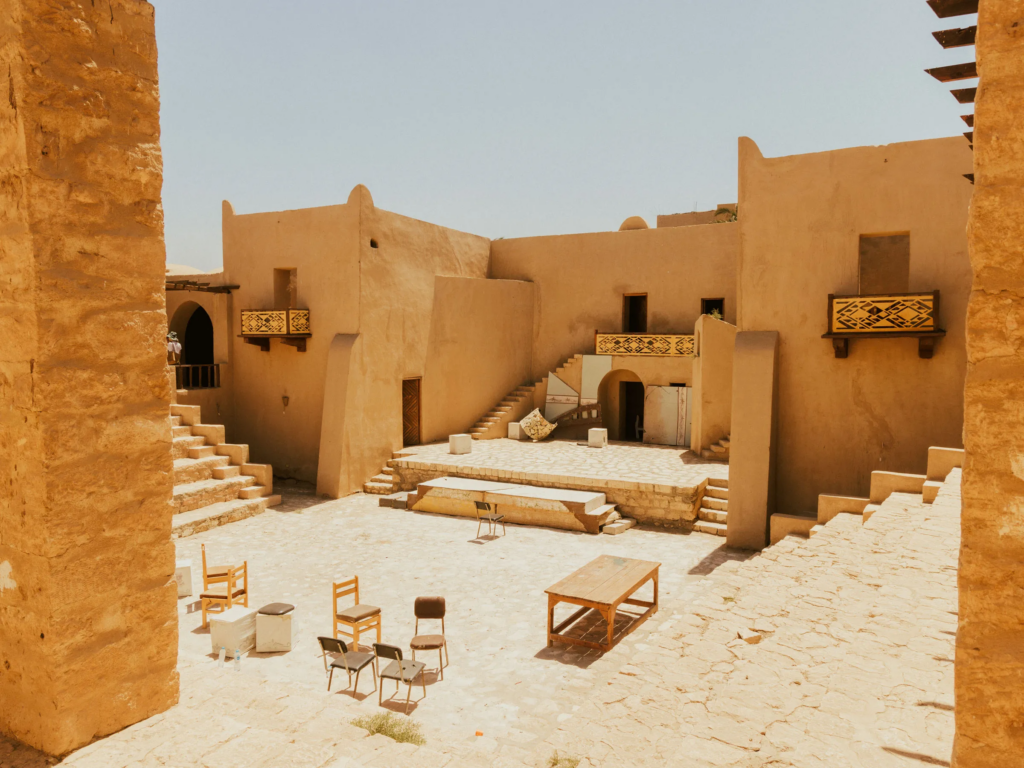
Architectural Significance
Today, New Qurna is a key example of sustainable architecture. Its influence reaches worldwide, with architects from India to Mexico studying Fathy’s methods. He focused on passive cooling, community-oriented design, and eco-friendly materials, which laid the groundwork for what many now call “green architecture” or “eco-design.”
New Qurna also serves as a hands-on learning site for architecture students. Visitors from around the world, including academic groups from Europe, Asia, and the Middle East, come to see its design up close.
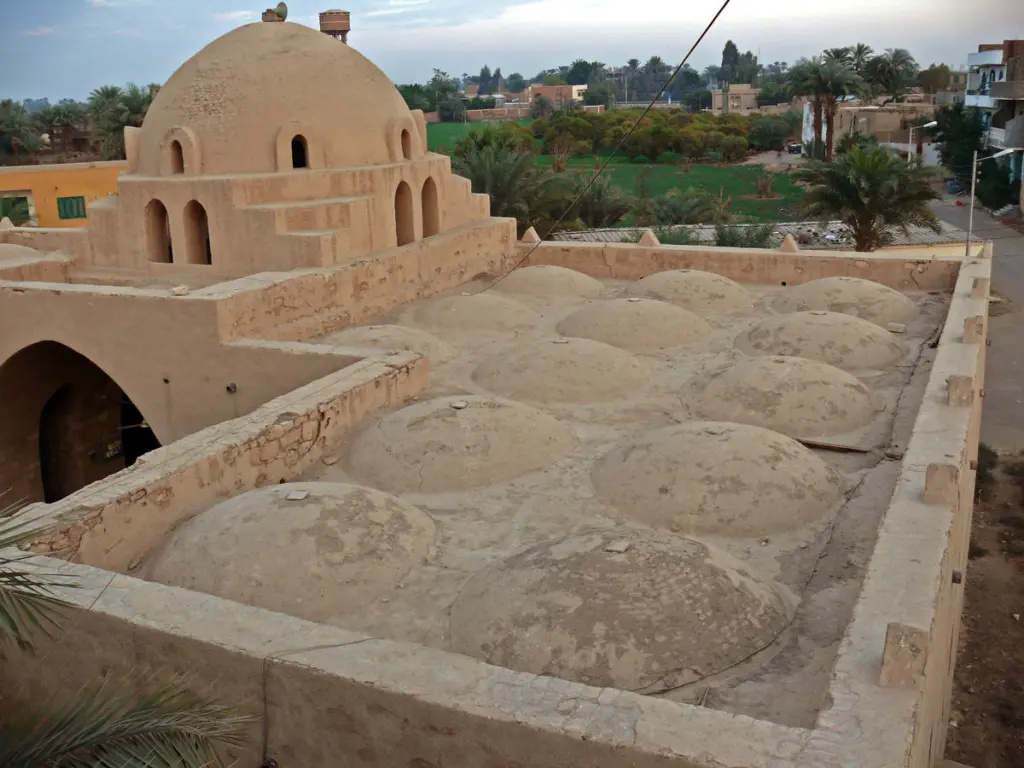
A New Future for the Village
Plans are underway to expand the restoration into a second phase. The goal is to turn New Qurna into an International Center for Sustainable Architecture and Heritage Studies. This site could attract not only tourists but also scholars, artists, and architects who want to explore new ways of building.
Local NGOs, like the Isis Association for Culture and Development, are working to involve the community. They promote cultural tourism and help preserve Fathy’s legacy through education and workshops.
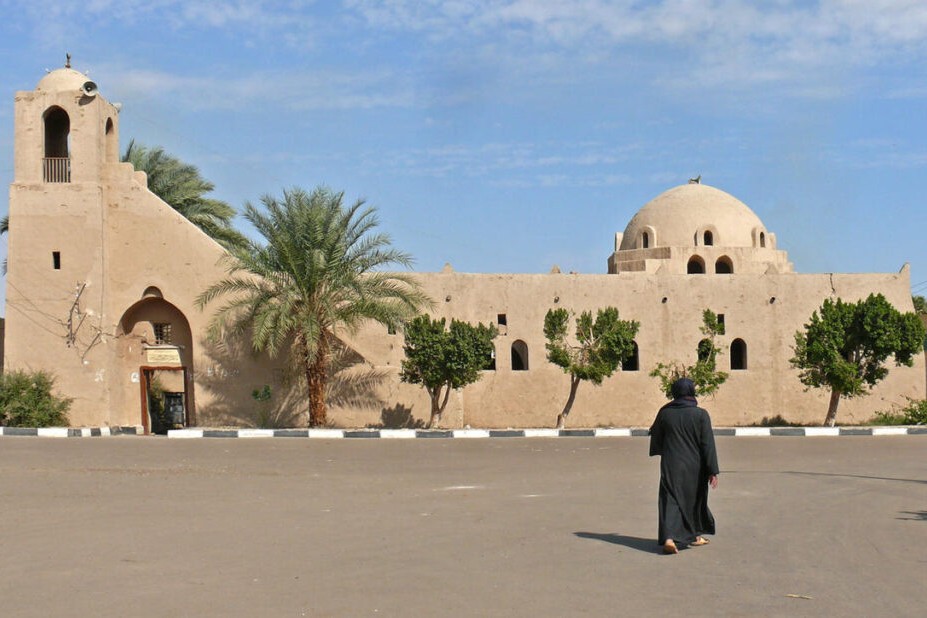
How to Visit New Qurna
If you plan to visit Luxor, especially to see the West Bank sites like the Valley of the Kings or the Temple of Hatshepsut, include New Qurna in your plans. It’s a quick drive from the main archaeological areas and offers a different but strong experience.
You won’t find large crowds or flashy tour buses. Instead, you can walk through quiet streets, enjoy the cool air in a mudbrick dome, and see a unique approach to social housing that still relates to today’s challenges.
Did you know that
By purchasing through our links, you support us at no additional cost.
Thank you for your support. ♥️

